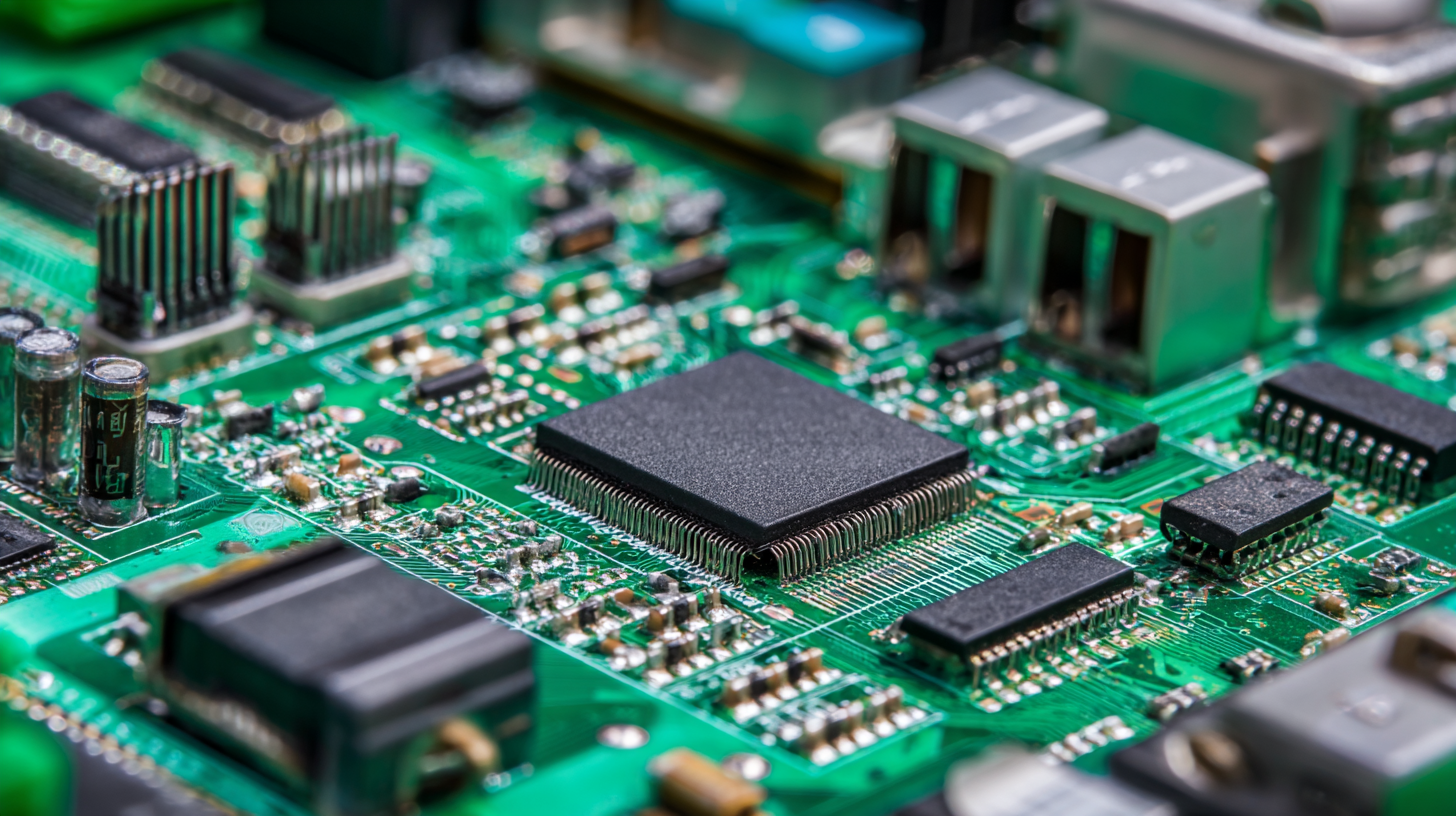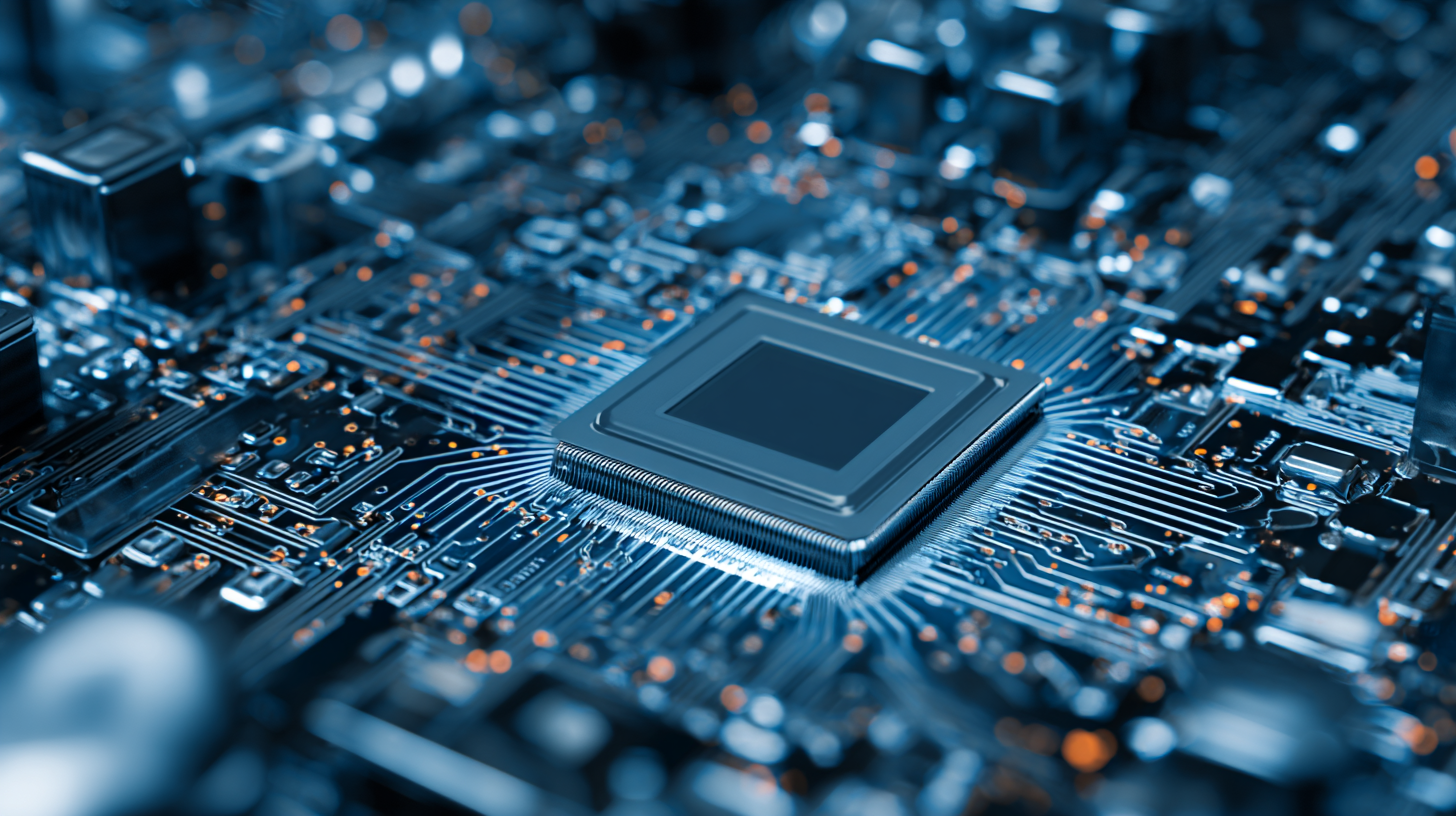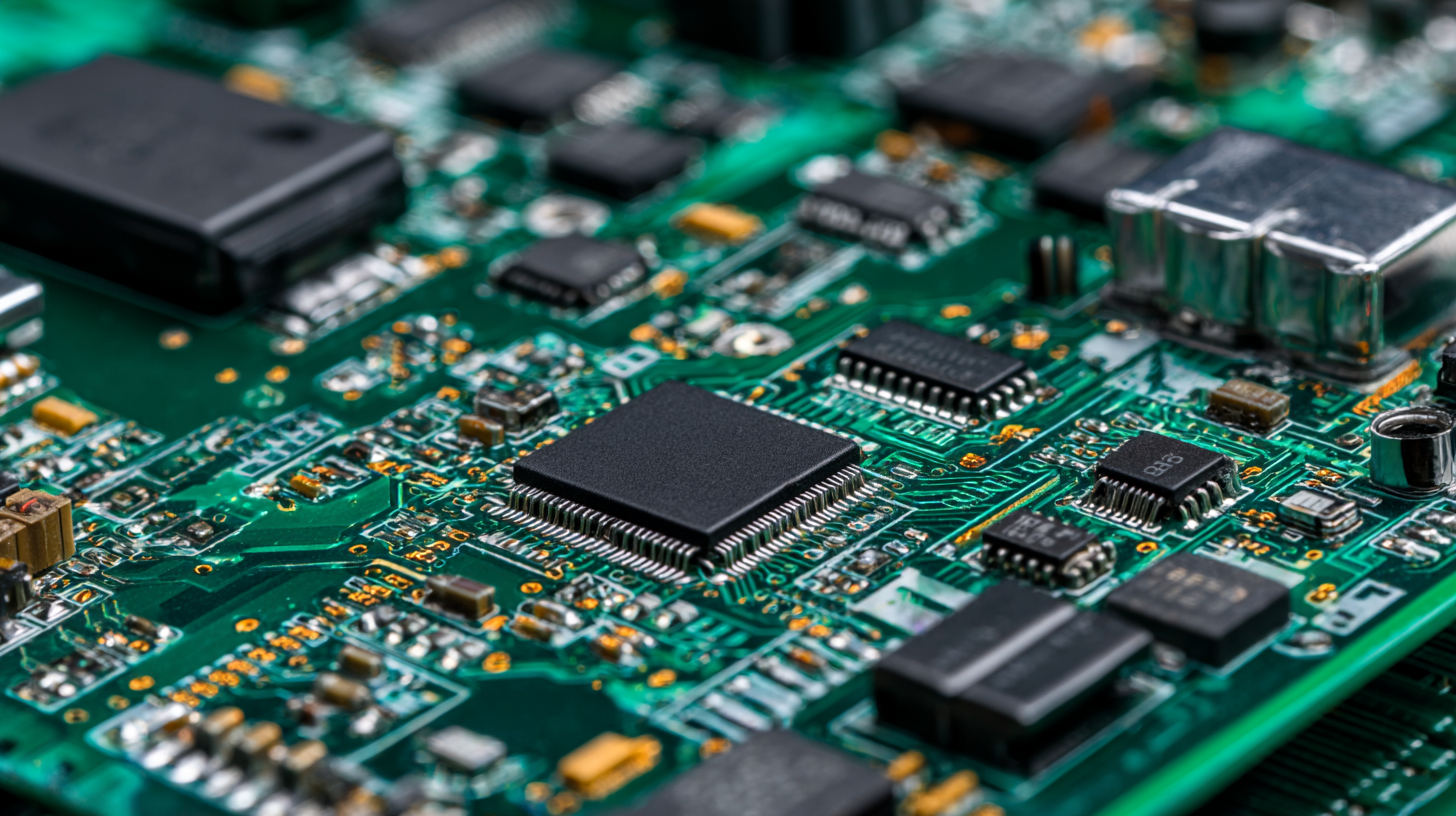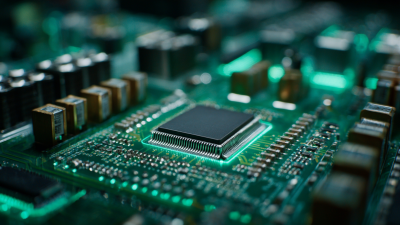Top 7 Most Innovative Techniques in Circuit Board Production You Need to Know
In the rapidly evolving landscape of electronics, the significance of circuit board production cannot be overstated. As the global electronics market projected to grow to USD 1.93 trillion by 2028, innovations in circuit board manufacturing techniques are becoming pivotal for companies to maintain competitiveness. A recent industry report by Research and Markets indicates that advanced printed circuit board (PCB) technologies contribute significantly to the efficiency, performance, and reliability of electronic devices. These advancements not only optimize production costs but also enhance product quality, which is critical considering the rising consumer demand for sophisticated and miniaturized electronics.

With the increasing complexity of electronic systems being developed for various applications, from smartphones to electric vehicles, manufacturers are compelled to adopt cutting-edge techniques in circuit board production. Techniques such as additive manufacturing, embedded components, and automated inspection systems are at the forefront of this revolution. According to a study by IPC, the global PCB market is expected to witness a compound annual growth rate (CAGR) of 3.5% from 2021 to 2026, driven by these innovations. This article explores the top seven innovative techniques in circuit board production that can help industry players not only meet but exceed customer expectations in this fast-paced environment.
Latest Trends in Automated PCB Assembly for Enhanced Efficiency
The landscape of PCB assembly is evolving rapidly with the advent of automation technologies. Automated processes not only increase assembly speed but also enhance precision, leading to improved product quality. Recent trends include the adoption of collaborative robotics which work alongside human operators to streamline production lines. This synergy between automation and human skills allows for greater flexibility and adaptability in complex manufacturing settings.

When integrating automation into your PCB production, consider implementing real-time monitoring systems. These systems provide valuable insights into the manufacturing process, enabling you to pinpoint inefficiencies and optimize performance. Additionally, investing in AI-driven analytics can help predict potential issues before they arise, further reducing downtime and maintaining workflow efficiency.
It's also crucial to stay updated with the latest software solutions that facilitate seamless integration of automated systems. Utilizing advanced programming tools can improve the sync between machines and enhance overall production efficacy. Remember, continuous training for your workforce on these new technologies will ensure that both man and machine operate in harmony, maximizing the benefits of automation in PCB assembly.
Revolutionizing PCB Design with AI and Machine Learning
Artificial intelligence (AI) and machine learning are fundamentally changing the landscape of printed circuit board (PCB) design. With the increasing complexity of electronic devices, traditional design processes often take weeks, if not months. However, AI technologies are now capable of significantly reducing these design times to mere hours, allowing for faster innovation cycles.
According to recent findings, AI-enhanced computer-aided design (CAD) tools are improving PCB design efficiency by up to 50%, thus facilitating rapid prototyping and faster market delivery.
In addition to design, the manufacturing stage of PCBs is also seeing substantial advancements through AI. Machine learning algorithms are utilized to enhance quality control measures, leading to reduced defects and improved production efficiency. Reports indicate that implementing AI in manufacturing processes can lower costs by up to 30%, primarily by minimizing errors and optimizing resources. The integration of AI in both design and manufacturing stages signifies a transformative step in PCB production, creating a more agile, cost-effective approach tailored to meet the demands of modern electronics.
Eco-Friendly Materials and Processes in Modern Circuit Board Production
The growing concern for environmental sustainability has led to significant advancements in the use of eco-friendly materials and processes in modern circuit board production. Manufacturers are increasingly adopting materials that minimize environmental impact, such as biodegradable substrates and non-toxic solder. These innovations not only reduce the ecological footprint but also enhance the overall performance and durability of the circuit boards.
Additionally, companies are implementing processes that utilize water-based adhesives and eliminate harmful chemicals from the production line. Such methods not only contribute to a healthier work environment but also align with global regulations aimed at reducing hazardous waste. These eco-conscious practices are becoming a standard in the industry, showing that sustainability and high-performance technology can go hand in hand.
Tips: When selecting materials for circuit board production, prioritize suppliers that offer certified eco-friendly products. Conduct regular audits of your manufacturing processes to ensure compliance with environmental standards, and consider investing in training for your team on sustainable practices. Keeping abreast of industry trends will help you integrate innovative solutions that support both efficiency and ecological responsibility.
Cutting-Edge Techniques for High-Frequency PCB Fabrication
High-frequency PCB fabrication presents unique challenges that require innovative techniques to meet the growing demand for precision and performance. One of the most cutting-edge methods employed today is the use of advanced dielectric materials. These materials not only enhance signal integrity but also minimize losses and improve overall performance, essential for applications within telecommunications and aerospace industries.
When working with high-frequency circuits, it's vital to consider the layout meticulously. Tips for optimizing your PCB layout include minimizing trace lengths, employing differential pairs, and utilizing proper grounding techniques. Carefully designed layouts can significantly reduce electromagnetic interference and ensure that signals maintain their integrity over longer distances.
Another revolutionary technique is high-resolution laser etching, which allows for the creation of intricate circuit patterns with unmatched precision. This method increases the capability to produce smaller components and maintain high accuracy, ultimately leading to better efficiency and faster production times. By embracing these innovative techniques and tips, manufacturers can ensure that their circuit boards perform exceptionally well in today's high-frequency environments.
Innovative Testing Methods for Quality Assurance in Circuit Boards
In the rapidly evolving electronics sector, ensuring the quality of circuit boards is paramount.
Innovative testing methods have emerged as vital elements in the production process, significantly enhancing
quality assurance measures. As manufacturers face
increasing demands for precision and reliability, techniques such as automated optical inspection (AOI)
and X-ray inspection are becoming standard. According to recent industry reports,
the market for AOI systems is projected to grow at a CAGR of over 10% through 2025, reflecting
its importance in minimizing defects during the production phase.
 Furthermore, advancements in testing technologies, such as machine learning algorithms for defect detection,
are pushing the boundaries of quality assurance in circuit board production. These algorithms can analyze vast amounts of data
from testing processes, identifying issues that traditional methods might overlook. Notably, a study indicates that implementing
these intelligent systems can reduce production errors by up to 30%, showcasing not just efficiency
but also cost savings. As the landscape of electronics manufacturing continues to change, staying abreast of these innovative testing methods
is crucial for businesses aiming to maintain their competitive edge.
Furthermore, advancements in testing technologies, such as machine learning algorithms for defect detection,
are pushing the boundaries of quality assurance in circuit board production. These algorithms can analyze vast amounts of data
from testing processes, identifying issues that traditional methods might overlook. Notably, a study indicates that implementing
these intelligent systems can reduce production errors by up to 30%, showcasing not just efficiency
but also cost savings. As the landscape of electronics manufacturing continues to change, staying abreast of these innovative testing methods
is crucial for businesses aiming to maintain their competitive edge.
Related Posts
-

Unlocking Innovation: The Future of Circuit Board Design in 2024 and Beyond
-

Revolutionizing Circuit Board Manufacturing: Innovative Techniques for Efficient Production
-

Understanding the Latest Innovations in PCB Manufacturing for Modern Electronics
-

Unlocking the Future of Circuit Board Production with Sustainable Practices and Advanced Technologies
-

The Future of PCB Manufacturing Innovations Transforming Electronics Industries
-

Understanding PCB Production: Essential Insights for Future Electronics Innovators
